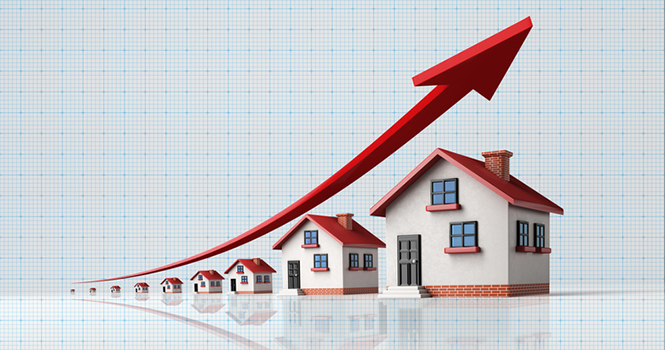Home prices are on a hot streak, reaching a 31-month high in January in the recently released S&P CoreLogic Case-Shiller Indices.
Prices fired up 5.9 percent year-over-year in the S&P CoreLogic Case-Shiller U.S. National Home Price NSA Index, an increase from 5.7 percent the month prior. The Index’s 10-City Composite rose 5.1 percent, while its 20-City Composite rose 5.7 percent. The 10-City Composite eked out a 0.3 percent increase month-over-month; the 20-City Composite, 0.2 percent month-over-month.
Denver, Colo., Portland, Ore., and Seattle, Wash., once again led the tear, with Seattle showing the most gains at 11.3 percent year-over-year.
The trend could be disrupted if the Federal Reserve decides to raise the key interest rate three or four more times this year, which would result in a significant impact to mortgage rates, says S&P Dow Jones Indices Chairman and Managing Director David M. Blitzer. The Fed raised the rate in December 2015, December 2016, and, most recently, in March.
“Housing and home prices continue on a generally positive upward trend,” Blitzer said in a statement. “The recent action by the Federal Reserve raising the target for the Fed funds rate by a quarter percentage point is expected to add less than a quarter percentage point to mortgage rates in the near future,. Given the market’s current strength and the economy, the small increase in interest rates isn’t expected to dampen home-buying. If we see three or four additional increases this year, rising mortgage rates could become concern.”
The story continues to center on inventory, which, according to Trulia, hit a new low at the beginning of the year, with starter home supply especially tight.
“Tight supplies and rising prices may be deterring some people from trading up to a larger house, further aggravating supplies because fewer people are selling their homes,” said Blitzer. “The prices also hurt affordability as higher prices and mortgage rates shrink the number of households that can afford to buy at current price levels. At some point, this process will force prices to level off and decline; however, we don’t appear to be there yet.”
What will end the upward spell? According to Bill Banfield, vice president at Quicken Loans, more new home construction is needed to release the pressure.
“Home prices continue to reach new heights, propelled by the lack of available housing,” said Banfield in a statement. “This is the narrative we have heard many times, and it is likely to continue until construction increases and provides more options both move-up and first-time buyers.”
Source: S&P Dow Jones Indices
For the latest real estate news and trends, bookmark RISMedia.com.











